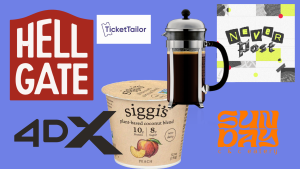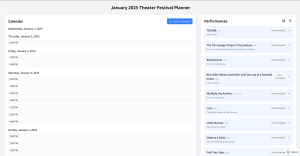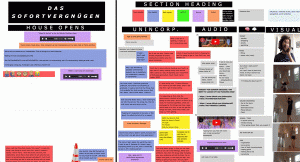Favorite things of 2024
As the year comes to an end, I wanted to share a couple of the things that I really fell in love with in 2024.
Never Post
This podcast, hosted by Mike Rugnetta (whose PBS Idea Channel hosting was a HUGE part of my life for years) talks about technology, social media, the cultural industry, and more. I've especially enjoyed their discussions of AI-generated art as genre and self-care turning into a marketing term for capitalism.


